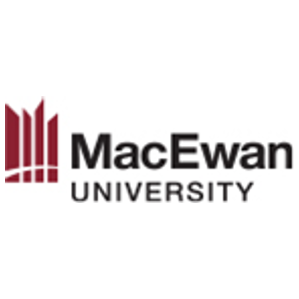- Location
- Edmonton, Alberta, Canada
- Portals
-
-
 Edmonton, Alberta, Canada
Edmonton, Alberta, Canada
-
Skills
Achievements
Latest feedback
Team feedback
Team feedback
Team feedback
Recent projects
Electric Vehicles as a panacea to vehicular pollution in India: Status, Impediments and Future Trajectory
Over 80% of global energy consumption comes from fossil fuels, and the transportation sector is the biggest consumer. India is currently the world’s third-largest emitter of carbon dioxide behind the US and China (IEA 2019). Its transportation sector is by far the largest consumer of petroleum products. We want to look at the prospect of Electric Vehicles emerging as a tool to reduce fossil fuel consumption and carbon emission in a country like India.
Agricultural Productivity and Nutritional Security in Bangladesh
Bangladesh is a highly densely populated country with an average population density of over 1200 people per square kilometer. Agriculture remains the primary source of nutrition to the country’s population of 166 million, although the economic contribution of agriculture in terms of its share of GDP continues to decline. The agriculture sector has progressed over the past half a century since its independence in 1971, especially in increasing productivity in nearly all subsectors – crops, livestock, poultry, fish, and others. However, the increasingly shrinking availability of productive land, fragmented landholding, and the lack of ample capital assets pose serious challenges to coping with the expanded population and offering sufficient nutrition. In this paper, we would like to examine the trajectory of Bangladesh's agricultural and food production system over the past couple of decades and what role it has been playing in offering nutritional security to the people of Bangladesh. We will also explore the contribution international trade plays in providing nutritional security for the people. The specific objectives are: 1. Identify per capita production of different food crops and examine the trend. 2. Identify the variability among different food products and their trend 3. The per capita availability of major nutrition: protein, carbohydrate, fat, etc. 4. Trends of other health and nutrition variables [i.e., infant mortality, life expectancy, live birth weight, women anemic, etc.,] 5. Relate agricultural productivity with nutritional security. 6. Recommend policy options The raw secondary data for this project has already been downloaded from different sites, especially FAOSTAT, the World Bank Databank, and the Bangladesh Bureau of Statistics. Some literature searches and downloading literature have also been done. This was the first phase of the project.
Students' Perspective of Success Strategy – a quantitative and qualitative evaluation
The Success Strategy is a game plan to accomplish the goal of individual students in a course. It is an individual’s unique strategic plan based on aspirations and available resources. Although each student is expected to have a distinctive blueprint for what to do for a course during the entire semester, everyone has a target to reach or a goal to achieve. Simplistically defined, that can be a grade. The purpose of this assignment is to help students on several fronts. i. Each student identifies a personalized goal to achieve in the course, works toward the goal, and evaluates it at the end. ii. The student is to take ownership of her/his actions – to identify objectives, allocate resources, seek help from the instructor, and the like. iii. This strategy is expected to help students to become punctual and reduce procrastination by being reminded to be on track. iv. This task allows students to think of the course content as a holistic package rather than an approach, which would enable students to comprehend the ideas fully. So, the ultimate objective is to enhance learning that stays – an opportunity to contribute to life-long learning. As part of this assignment, students are to prepare two short reports – one at the beginning and one at the end of the semester. The first report is the student’s plan on how to achieve the goal in the course. The second is reflecting and evaluating that plan and finding out what worked and what did not. Again, each plan and evaluation are unique and specific to students. No two plans or assessments are expected to be identical. Students are to submit both reports to receive credits. These reports are brief and do not require much time. 3. Description of the tasks the students will be completing for you The Riipen student will compile the gathered data from pre- and post-reports of individual students, enter it on a spreadsheet, and examine it for potential quantitative and qualitative statistical analysis. 4.
